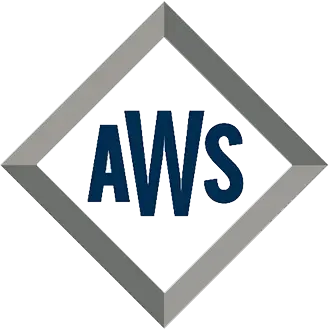Exploring Alternatives to CNC Laser Cutting Machines for Precision Manufacturing
 As the demand for precision manufacturing continues to soar, companies are increasingly relying on advanced technologies to meet their production needs. Among these technologies, the CNC laser cutting machine stands out for its exceptional accuracy and efficiency. According to a recent report by Mordor Intelligence, the global laser cutting machine market is projected to reach $4.2 billion by 2025, growing at a CAGR of 6.1%. However, as industries seek to optimize their processes and reduce costs, alternative methods for achieving precision cutting are gaining attention.
As the demand for precision manufacturing continues to soar, companies are increasingly relying on advanced technologies to meet their production needs. Among these technologies, the CNC laser cutting machine stands out for its exceptional accuracy and efficiency. According to a recent report by Mordor Intelligence, the global laser cutting machine market is projected to reach $4.2 billion by 2025, growing at a CAGR of 6.1%. However, as industries seek to optimize their processes and reduce costs, alternative methods for achieving precision cutting are gaining attention.
This blog explores these alternatives, examining their potential advantages and how they can complement or even surpass the capabilities of traditional CNC laser cutting machines. With innovations in materials and processes, the future of precision manufacturing is ripe for exploration.
Innovative Technologies for Precision Cutting Beyond CNC Laser Solutions
As the manufacturing sector continually seeks advancements in precision cutting technologies, alternatives to CNC laser cutting machines are gaining prominence. Innovative methods, such as waterjet cutting and plasma cutting, are being adopted for their unique advantages. According to a recent report by MarketsandMarkets, the global waterjet cutting market is expected to reach $1.1 billion by 2026, driven by its ability to cut a variety of materials with minimal thermal distortion, making it ideal for industries like aerospace and automotive.
Additionally, advancements in advanced technologies such as ultrasonic cutting are paving the way for new precision solutions. This method utilizes high-frequency vibrations to slice through materials with exceptional accuracy and minimal mechanical stress. A study from the Journal of Manufacturing Science and Engineering highlighted that ultrasonic cutting can improve production rates by up to 50% while decreasing tool wear, showcasing its potential to outperform traditional CNC laser systems in certain applications. As various industries pursue greater efficiency and precision, these innovative technologies may redefine the landscape of precision manufacturing.
Exploring Alternatives to CNC Laser Cutting Machines for Precision Manufacturing
| Technology | Cutting Thickness (mm) | Material Compatibility | Precision (mm) | Typical Application |
|---|---|---|---|---|
| Waterjet Cutting | 0.5 - 200 | Metal, Glass, Stone, Composites | ± 0.1 | Aerospace, Automotive |
| Plasma Cutting | 1 - 50 | Steel, Aluminum, Copper | ± 0.5 | Heavy Industrial Fabrication |
| Mechanical Cutting | 0.1 - 20 | Metals, Plastics | ± 0.01 | Precision Engineering |
| EDM Cutting | 0.1 - 300 | Tool Steels, Carbides | ± 0.005 | Mold Making |
| Fiber Laser Cutting | 0.5 - 20 | Steel, Stainless Steel, Aluminum | ± 0.05 | Metal Fabrication |
Waterjet Cutting: A Versatile Alternative for Complex Designs
Waterjet cutting has emerged as a leading alternative to CNC laser cutting machines, particularly for precision manufacturing of complex designs. Utilizing a high-pressure jet of water combined with abrasive materials, waterjet cutting offers unparalleled versatility and is capable of handling a wide range of materials, from metals to glass and ceramics. This method excels in producing intricate shapes with fine details, making it ideal for industries such as aerospace, automotive, and architectural design, where precision is paramount.
One of the standout features of waterjet cutting is its ability to create precise cuts without imparting heat to the materials being processed. Unlike laser cutting, which can sometimes lead to heat-affected zones or warping, waterjet cutting maintains the integrity of the material. This no-thermal impact approach not only improves the quality of the finish but also allows for less post-processing work. Furthermore, waterjet cutting systems can operate continuously, maximizing productivity while minimizing material waste, a significant advantage in today’s environmentally conscious manufacturing landscape. Through its versatility and efficiency, waterjet cutting is proving to be a valuable asset for those seeking alternatives to traditional CNC laser cutting techniques.

Plasma Cutting: High-Speed Precision for Thick Materials
Plasma cutting has emerged as a highly efficient alternative to traditional CNC laser cutting, particularly for thicker materials. According to a report by the Welding Research Council, plasma cutting can achieve speeds up to 50 inches per minute on materials up to 1 inch thick, making it a go-to technology for industries requiring high-speed precision, such as automotive and aerospace manufacturing. This method relies on ionized gas, or plasma, to melt through metals, providing a distinct advantage in terms of versatility and operational cost when dealing with challenging materials including stainless steel and aluminum.
Moreover, the energy consumption associated with plasma cutting is considerably lower than that of CNC laser cutting, enabling manufacturers to optimize their production without incurring excessive utility costs. A recent analysis by the Institute for Advanced Manufacturing estimates that the operational cost of plasma cutting can be reduced by approximately 20-30% compared to lasers, particularly in high-volume environments. This efficiency has made plasma cutting a preferred solution for fabricators looking to maximize throughput while maintaining stringent quality standards, thereby solidifying its presence in the precision manufacturing sector.
Electrical Discharge Machining (EDM): Achieving Ultra-Fine Tolerances
Electrical Discharge Machining (EDM) has emerged as a key alternative for achieving ultra-fine tolerances in precision manufacturing, particularly when traditional CNC laser cutting processes may fall short. Recent advancements in EDM technology, including automatic wire-changing capabilities, have significantly enhanced production efficiency for companies specializing in mold making and injection molding. This innovation allows for seamless transitions between production runs, effectively reducing downtime and increasing throughput.
The ongoing evolution of EDM also includes the integration of additive manufacturing processes. Utilizing additively manufactured copper electrodes for EDM allows for intricate designs, especially in producing complex, thin-walled injection mold cavities from materials like 316 L stainless steel. This hybrid approach not only refines the surface finish but also expands the possibilities of design in precision engineering. According to market analyses, the global ultra-precision machining technology market, which encompasses EDM among other techniques, is projected to grow significantly due to the increasing demand for high-precision components in various industries, including aerospace and medical devices. With these advancements, EDM stands out as a promising method for manufacturers seeking to push the limits of precision and efficiency in their operations.
Additive Manufacturing: Redefining Precision in Production Processes
 Additive manufacturing, commonly known as 3D printing, is making significant waves in the precision manufacturing landscape. According to a report by Wohlers Associates, the global additive manufacturing market is projected to grow from $12.6 billion in 2020 to $32.8 billion by 2026. This surge can be attributed to its ability to produce complex geometries that are often unattainable through traditional CNC laser cutting methods. With additive manufacturing, manufacturers can create parts layer by layer, minimizing waste and allowing for the production of highly customized products, which is increasingly important in industries such as aerospace and healthcare.
Additive manufacturing, commonly known as 3D printing, is making significant waves in the precision manufacturing landscape. According to a report by Wohlers Associates, the global additive manufacturing market is projected to grow from $12.6 billion in 2020 to $32.8 billion by 2026. This surge can be attributed to its ability to produce complex geometries that are often unattainable through traditional CNC laser cutting methods. With additive manufacturing, manufacturers can create parts layer by layer, minimizing waste and allowing for the production of highly customized products, which is increasingly important in industries such as aerospace and healthcare.
Tip: When considering the switch to additive manufacturing, it’s crucial to analyze the specific requirements of your production process. Start with prototyping to gauge the capabilities of additive technologies, ensuring that the quality of prototypes meets the necessary industry standards.
Furthermore, the integration of additive manufacturing into production processes not only enhances precision but also accelerates time-to-market. Researchers at McKinsey & Company have noted that companies utilizing 3D printing can reduce product development cycles by as much as 50%. This efficiency means that businesses can adapt to market demands promptly, a necessity in today’s fast-paced environment.
Tip: Focus on collaboration between design engineers and additive manufacturing specialists to optimize designs for printability, which can dramatically impact the overall efficiency and effectiveness of the production process.
Related Posts
-

Mastering the Craft of Structural Steel Fabrication A Step by Step Tutorial
-
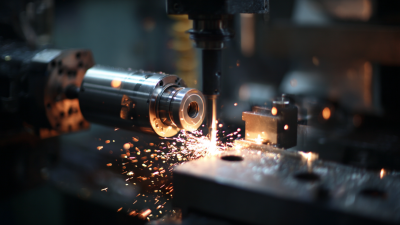
Top Strategies for Enhancing Efficiency in Sheetmetal Fabrication Processes
-

Innovative Techniques in Sheet Metal Manufacturing You Might Not Know
-

How to Maximize Efficiency with CNC Laser Cutting in Your Manufacturing Process
-

7 Essential Benefits of Sheet Metal Laser Cutting for Modern Manufacturing
-
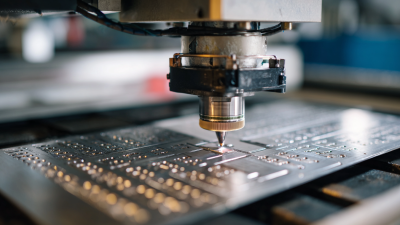
10 Best Sheet Metal Prototyping Tips for 2023 to Boost Your Production Efficiency
Get your project done the Right way
7:00am - 5:00pm
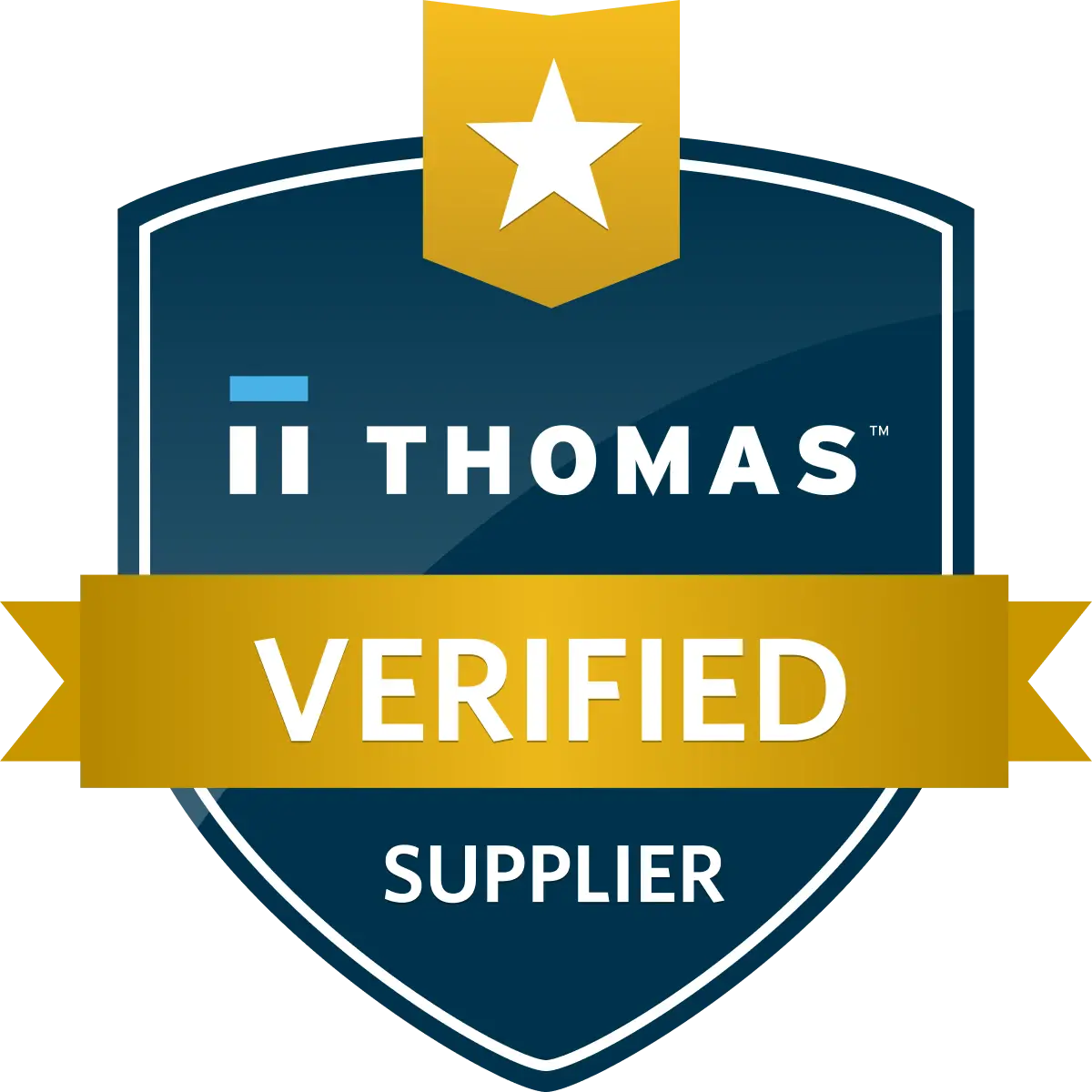
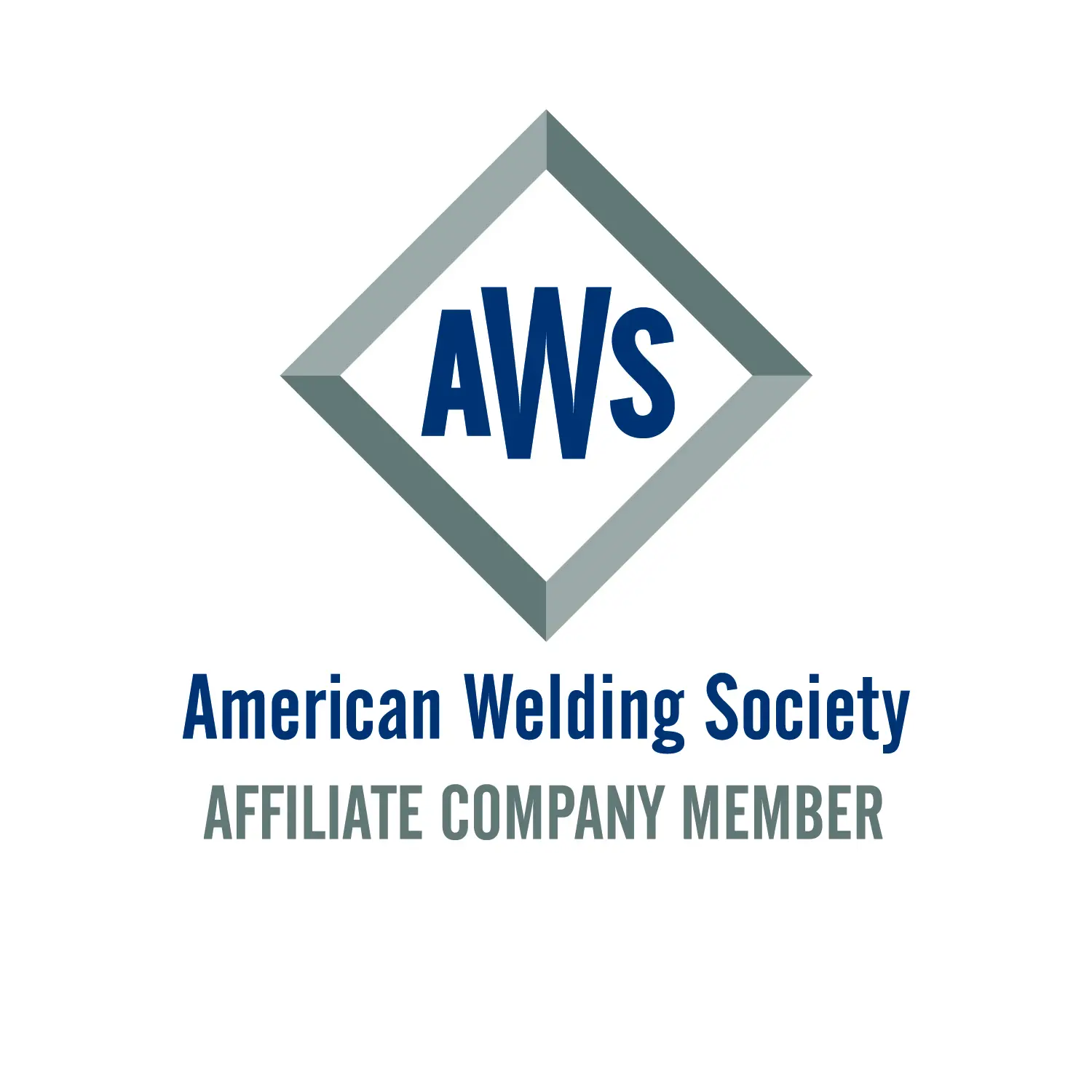
- Copyright2025 © Tri-State Fabricators
- Accessibility
- Privacy Policy
- Terms


